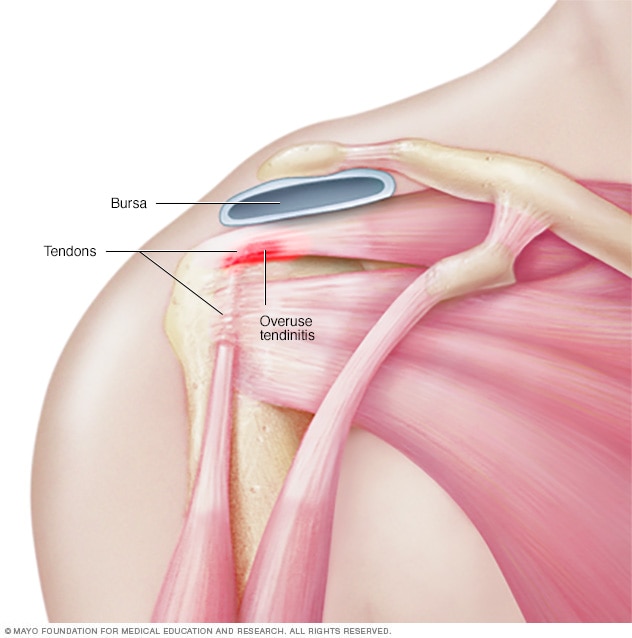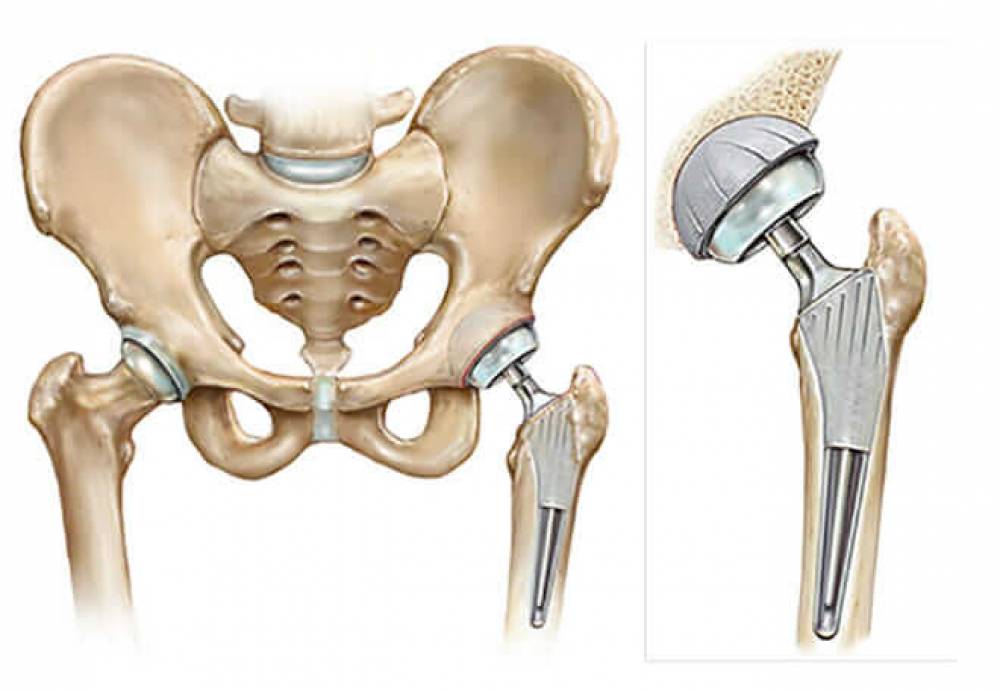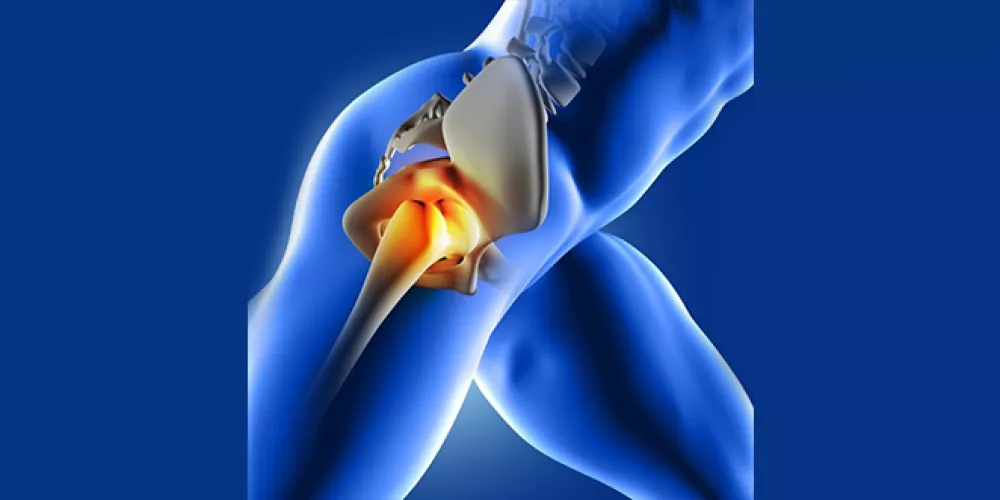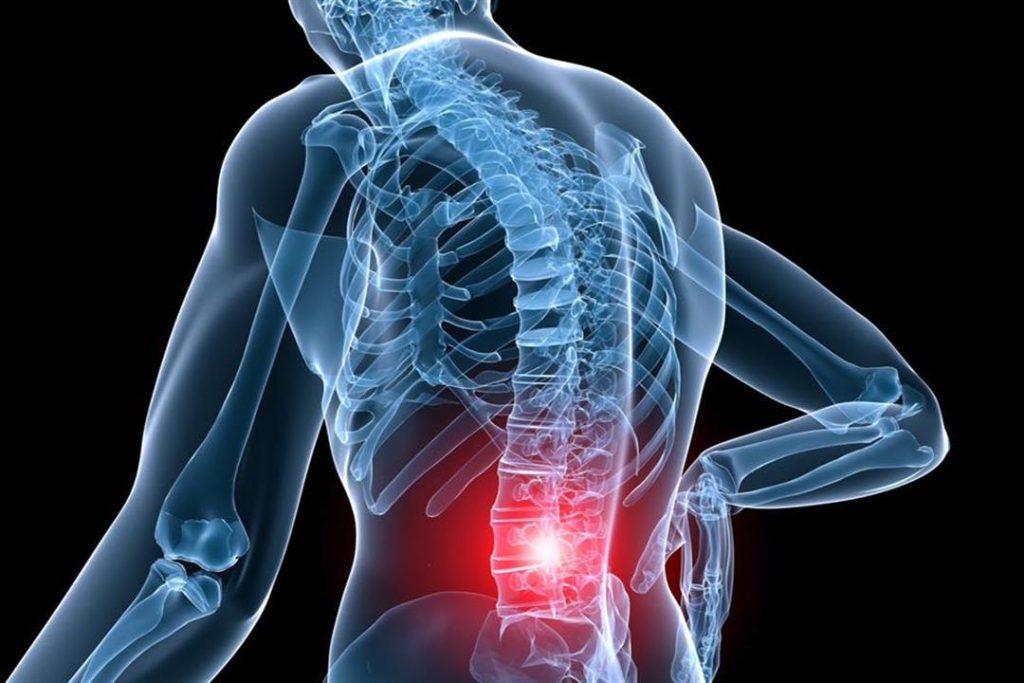Information about shoulder tendons and what causes their tearing
أخر تحديث :
Symptoms of Shoulder Tendonitis
Continuous Pain: You may experience continuous pain in the affected shoulder area. The pain can be sharp or chronic, and it may particularly intensify when you move your arm.
Pain During Movement: You may feel pain when moving your arm, such as lifting or lowering it. The pain can be very severe during these movements.
Pain During Specific Activities: You may experience shoulder pain, especially when engaging in certain activities like throwing or pitching a tennis ball.
Weakness and Loss of Motion: You may notice a loss of strength in the affected shoulder and difficulty moving it naturally. The shoulder may feel restricted, and movement can be painful and limited.
Night Pain: You may feel shoulder pain at night, especially when in a sleeping position. This pain can affect your sleep quality and comfort.
If you are experiencing any of these symptoms, you may have shoulder tendonitis. It is recommended to visit a doctor for a diagnosis and appropriate treatment.
Do not let shoulder pain interfere with your daily life; seek the right treatment and necessary advice to alleviate pain and restore your shoulder’s natural movement. Remember that consulting a doctor is the first step to starting the necessary treatment.
What Are the Symptoms of Shoulder Tendonitis?
Continuous Pain: One of the primary symptoms of shoulder tendonitis is severe and continuous pain in the affected area. The pain is rarely localized and can radiate from the shoulder area to the individual’s arm.
Limited Range of Motion: This is a distinctive symptom of shoulder tendonitis. The affected person may have difficulty lifting the arm or moving it in different directions. Tendonitis can restrict natural movement and affect the person’s ability to perform daily activities.
Swelling and Redness of the Area: Shoulder tendonitis can lead to swelling and redness in the affected area. These signs occur due to tendon swelling and increased blood flow to the affected region.
Cracking Sound: In cases of severe shoulder tendonitis, pain may be accompanied by a cracking sound when moving the arm. This sound indicates tendon tears and requires immediate medical consultation.
Muscle Weakness: The affected individual may experience muscle weakness in the muscles surrounding the shoulder, negatively affecting their ability to perform activities that require shoulder use.
Sensitivity and Irritation: People with shoulder tendonitis may feel sensitivity and irritation in the affected area, along with mild redness and swelling. These can be additional symptoms of shoulder tendonitis.
Headaches and Fatigue: Some individuals with shoulder tendonitis may experience headaches and excessive fatigue. This is associated with elevated stress levels and pain they are experiencing.
Note: It is essential to pay attention to the symptoms of shoulder tendonitis and seek appropriate treatment. Consult a doctor if the symptoms persist or worsen, as some cases may require medical or surgical intervention to address the issue.
How to Treat Shoulder Tendonitis?
Rest for the Shoulder:
It is advisable to avoid excessive strain on the affected shoulder and give it some rest. Sleeping on the opposite side of the affected shoulder can help during the tendon healing process.
Icing:
Applying ice to the injured shoulder to reduce inflammation and pain. You can apply ice for 15-20 minutes every hour several times a day.
Pain Relievers:
Over-the-counter pain relievers such as acetaminophen or ibuprofen can be used to reduce pain.
Physical Therapy:
Physical therapy can help alleviate stiffness and increase shoulder flexibility. Physical therapy includes exercises to strengthen the muscles around the shoulder and improve movement and balance.
Conservative Treatment:
A doctor may recommend wearing a support for the injured shoulder, such as braces or a shoulder harness, to strengthen support and stabilize the injured shoulder.
Massage Techniques:
Massage techniques can contribute to pain relief and improve blood circulation around the shoulder.
Consult a Doctor:
In case of persistent pain and worsening symptoms, it is essential to consult a doctor for a comprehensive assessment and specific guidance.
Reminder: Individuals should always follow the doctor’s instructions and avoid excessive stress while maintaining a healthy and balanced lifestyle to enhance well-being and quick recovery.
What Are the Causes of Shoulder Tendon Tears?
Shoulder tendon tears are common injuries that individuals can suffer from. While direct injuries can be a primary cause of tendon tears in the shoulder, there are other factors that can increase the risk of their occurrence. Here are some potential causes of shoulder tendon tears:
Aging: As individuals age, tendons become less flexible and more prone to tears. Tendon tears can be a natural result of the aging process.
Excessive Strain: Engaging in excessive or repetitive activities that strain the shoulder can lead to tendon tears. For example, working in professions that require frequent use of the shoulder, such as volleyball or archery.
Shoulder Length: Shoulder length can increase the risk of tendon tears. Arm length can be a genetic factor or result from changes in body structure.
Arthritis: Arthritis in the shoulder can increase the risk of tendon tears. Some common types of arthritis include osteoarthritis and rheumatoid arthritis.
Acute Injuries: Tendon tears in the shoulder can result from acute injuries, such as falling on the shoulder or experiencing a strong impact. These injuries may require immediate treatment and consultation with a doctor.
Sports Injuries: Sports are a common cause of shoulder tendon tears. Some common examples include repetitive activities like throwing a baseball or excessive weightlifting.
Structural Changes: Changes in tendon and surrounding tissue structure can lead to tears. This may result from improper healing of previous injuries.
Regardless of the causes, it is always essential to consult a specialized doctor for the evaluation and treatment of shoulder tendon tears. Treatment depends on the severity of the injury and the patient’s needs and may include physical therapy, medication, and, in some cases, surgical procedures to repair the torn tendons.
Can Shoulder Tendonitis Be Cured?
Home Treatment: To treat shoulder tendonitis at home, you can follow some steps that may help alleviate pain and promote the healing of inflamed tendons. Some of these measures include:
- Getting plenty of rest for the affected shoulder and avoiding strenuous physical activities.
- Applying ice to the affected area for 15-20 minutes every hour for 2-3 days to reduce inflammation.
- Using a compressive bandage to reduce swelling and stabilize the injured shoulder.
- Elevating the affected shoulder by placing a pillow or cushion under the arm to reduce pressure on the inflamed tendons.
Medical Treatment: If the condition of shoulder tendonitis does not improve after a period of home treatment, it may be necessary to consult a doctor for an evaluation and the necessary treatments. Some available treatment options include:
- Taking pain-relieving and anti-inflammatory medications as directed by a doctor.
- Physical therapy sessions to strengthen the muscles around the shoulder and improve tendon flexibility.
- Ultrasound therapy to improve blood flow and accelerate the healing process.
- Platelet-rich plasma (PRP) injections, a procedure used to stimulate the healing of inflamed tendons.
Preventing Shoulder Tendonitis: To avoid sustained shoulder tendonitis, you can follow some preventive measures, including:
- Avoiding excessive physical activities and strenuous movements for extended periods.
- Engaging in exercises to strengthen the muscles around the shoulder and improve flexibility.
- Avoiding improper lifting techniques and using proper lifting and carrying techniques.
- Maintaining good body posture while sitting, sleeping, and working to avoid excessive stress on the tendons.
In conclusion, the recovery time from shoulder tendonitis depends on the severity of the injury and the body’s response to treatment. If symptoms do not improve or worsen, it is essential to consult a doctor for an evaluation and appropriate treatment.
Is Shoulder Tendonitis Serious?
Tendonitis of the shoulder is considered one of the common conditions that can affect many joints in the body, including the shoulder. But is shoulder tendonitis a serious condition? In this article, we will look at how serious this condition is and the importance of proper treatment.
Symptoms may indicate a serious problem: While shoulder tendonitis may seem like a minor issue initially, some symptoms should be taken seriously. If you have persistent pain, severe swelling, or an inability to move your arm properly, these symptoms may indicate a more serious problem. In such cases, it is essential to consult a doctor as soon as possible.
It can affect your daily quality of life: Considering that the shoulder is one of the major joints in the body and is continuously used in daily movements, shoulder tendonitis can significantly impact your daily quality of life. You may have difficulty performing routine activities such as lifting heavy objects or moving your arm correctly. This can lead to restricted movement and affect your overall efficiency.
Surgical intervention may be necessary: In cases of severe and chronic tendonitis that does not respond to traditional treatments, surgical intervention may be necessary. This may involve repairing torn tendons or removing inflamed tissues. However, the decision regarding surgery should be made after extensive consultation with a doctor, as surgery is considered a last resort after non-surgical treatments have failed.
Early treatment can aid recovery: It is essential to take prompt action when symptoms of shoulder tendonitis appear. Early treatment can help reduce symptoms and improve recovery chances. This may include physical therapy, rest, and the use of medications to reduce inflammation and pain. Regular physical therapy sessions may be necessary to strengthen muscles and improve tendon flexibility.
In conclusion, shoulder tendonitis can be a medically significant condition that requires appropriate medical attention. If you are experiencing persistent or severe symptoms, make sure to consult a doctor to reduce symptoms and promote recovery.
Can Vitamin D Deficiency Cause Shoulder Pain?
One common symptom experienced by individuals with vitamin D deficiency is pain in the shoulders and joints. Some people may feel pain and stiffness in the neck, between the shoulders, and experience a lack of balance due to this deficiency. However, what is the cause, and can it be confirmed that vitamin D deficiency is the sole contributor to the pain?
Pain in the shoulder and joints can result from several factors, and vitamin D deficiency is not the sole cause. However, vitamin D deficiency is associated with many diseases and symptoms, including joint and bone pain. There are studies that suggest vitamin D deficiency may increase the risk of arthritis and bone inflammation.
Vitamin D deficiency can occur due to various factors, including insufficient exposure to sunlight, an unbalanced diet, and stress. This deficiency can lead to improper calcium absorption from the intestines, resulting in weakened bones and joints and an increased risk of joint diseases.
To determine the cause of shoulder and joint pain, it is recommended to undergo a medical examination and necessary tests, including checking the vitamin D levels in the blood. The vitamin D level in the body should be within the normal range to maintain bone and joint health.
If the vitamin D level is below the normal range, your doctor may prescribe vitamin D supplements to treat the deficiency and alleviate shoulder and joint pain. However, it is advisable to consult a doctor before taking any dietary supplements.
Keep in mind that other factors can also cause pain in the shoulder and joints, so it is essential to consult a doctor to determine the true cause and diagnose the condition correctly. Regular exercise and a healthy diet are also recommended to maintain bone and joint health.








